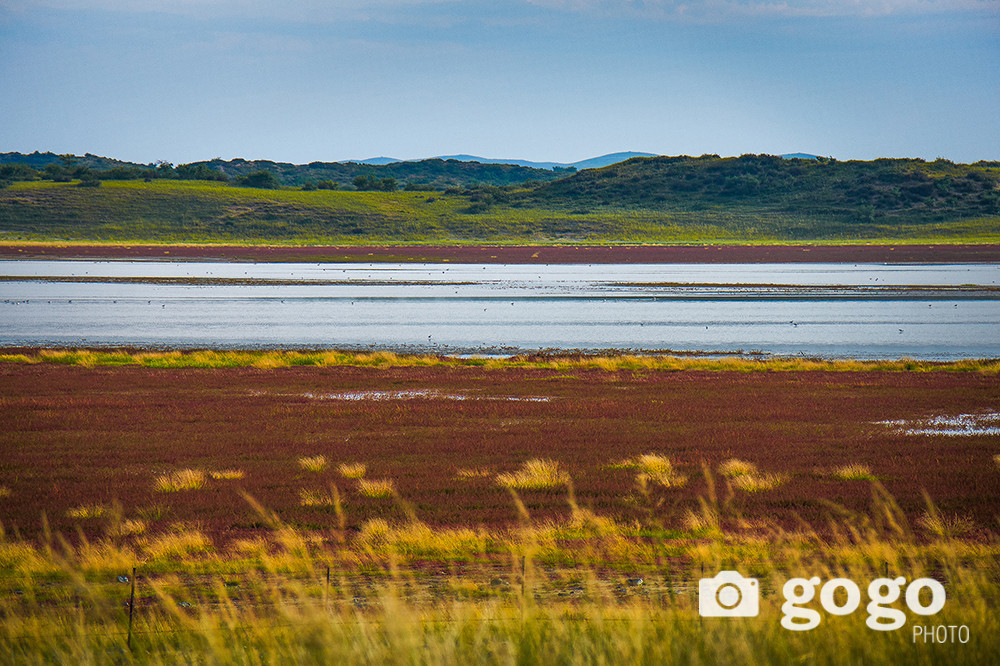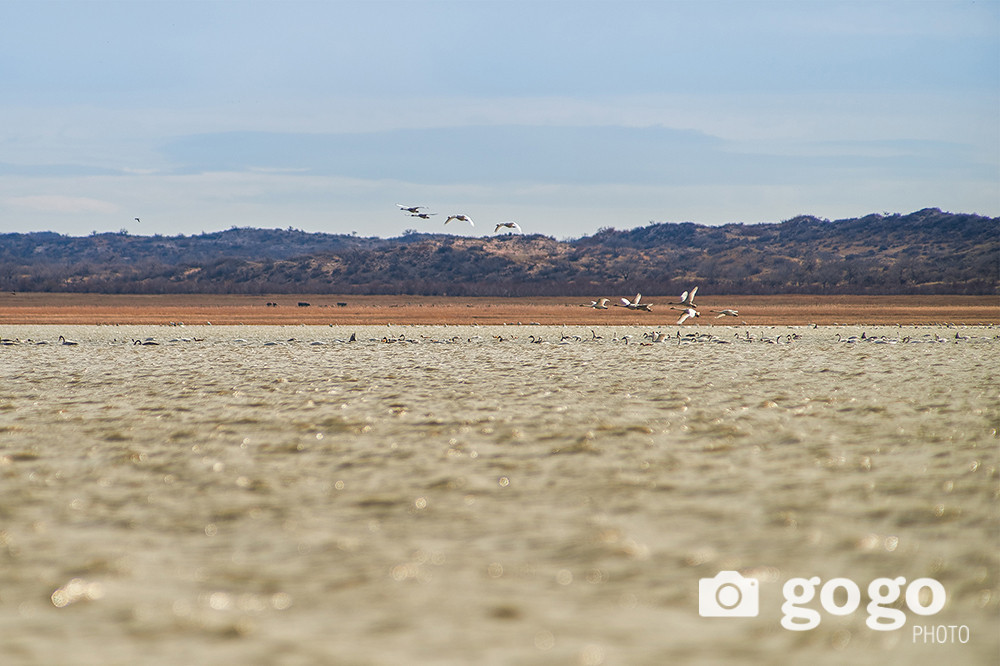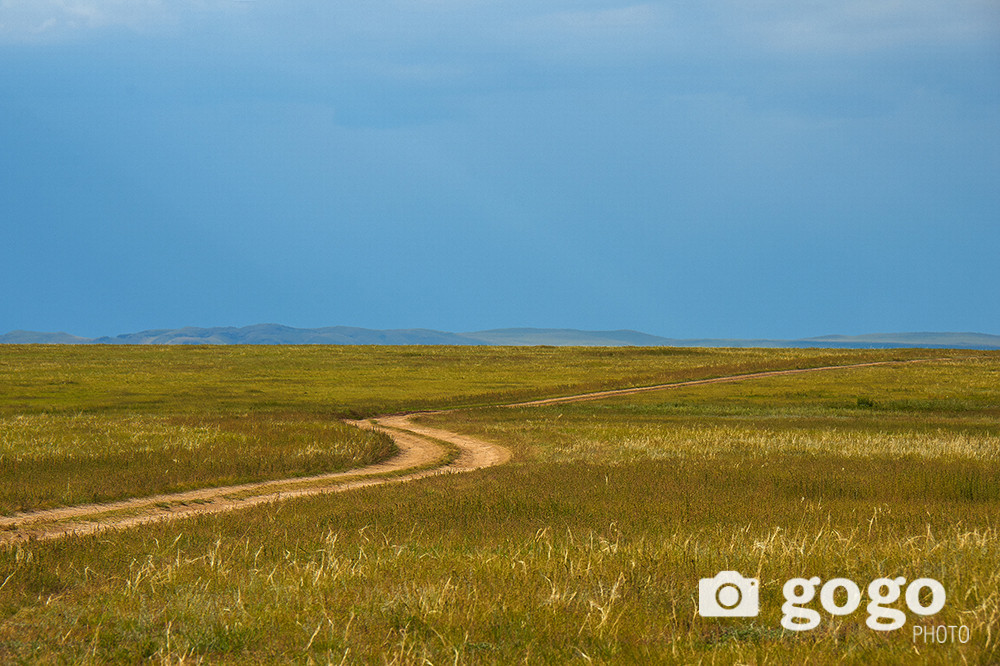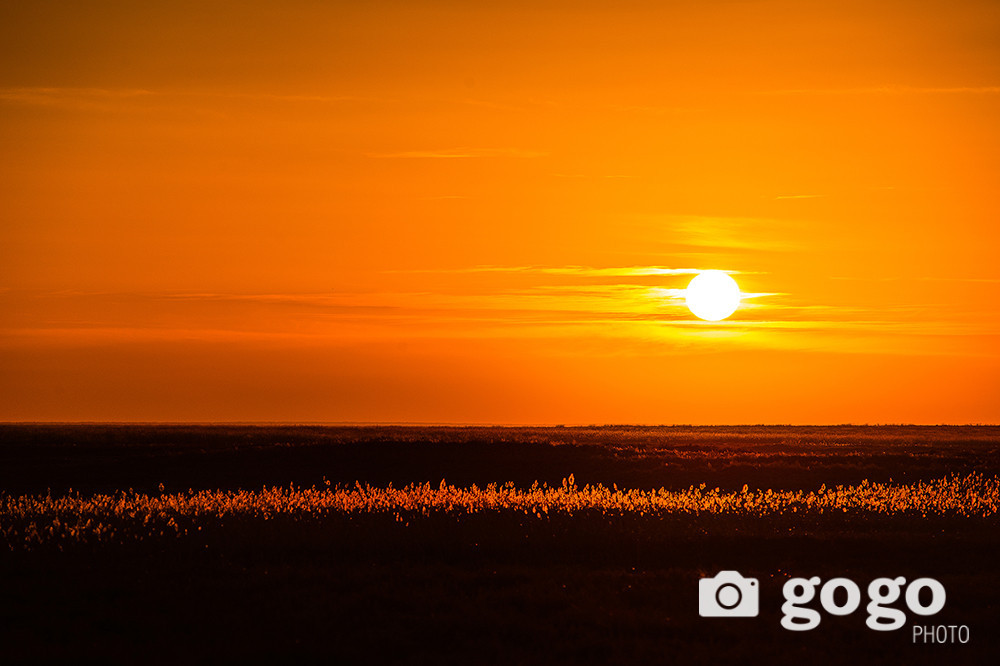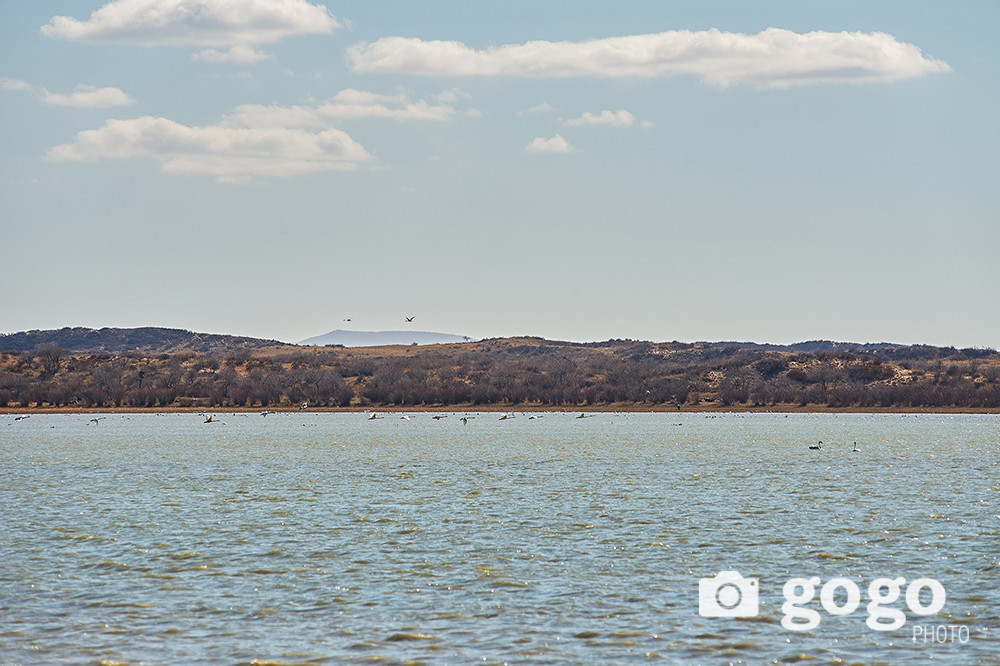In the southeastern part of Mongolia, there is a unique steppe at 1,200 meters above sea level. This place is called the vast steppe of Dariganga.
Dariganga steppe covers the territory of Asgat, Bayandelger, Dariganga, Naran, Ongon and Khalzan soums of Sukhbaatar province.
There are many mountains and lakes with unique natural formations in Dariganga, the most well-known are Ganga Lake, Moltsog Sand and Shiliin Bogd Mountain. Except for natural formation, there are about 60 men statues which show human history. They are located in Tavan tolgoi, Khurug valley and Lamt valley. These men stones were created in XIII-XIV centuries during the period of the Great Mongol Empire. The general appearance of the men stones of the period of the Great Mongol Empire is mostly a man sitting in an armchair with a glass cup in his right hand.
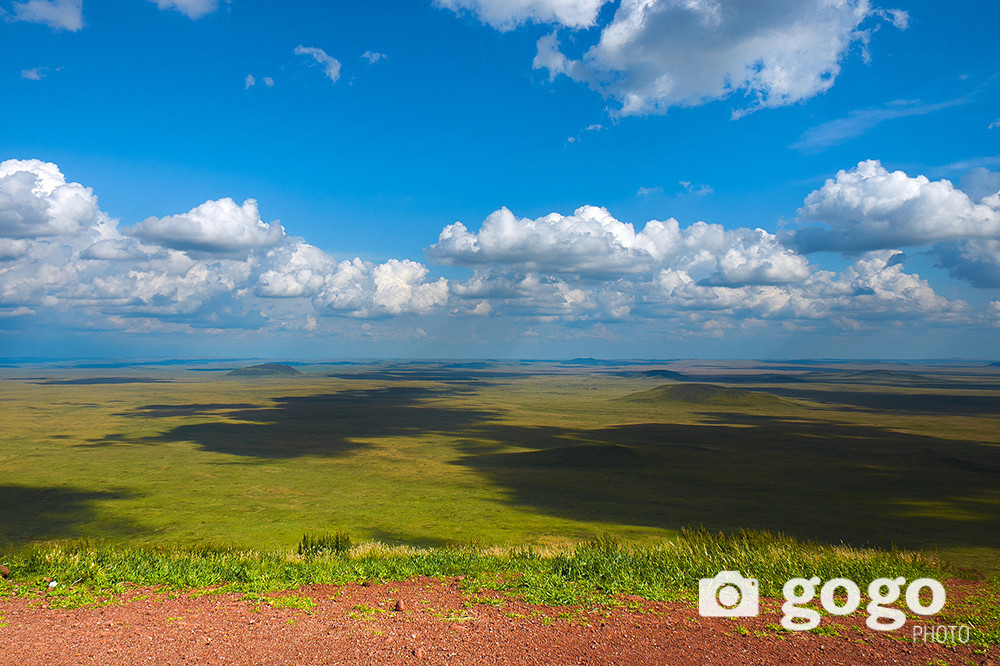 It is said that there are over 200 extinct volcanoes in Dariganga steppe. One of the most well-known mountains is Altan Ovoo. The mountain is sometimes called Dari Ovoo. Located at an altitude of about 1,350 meters above sea level, this mountain is located in the center of Dariganga soum and is adored by Dariganga people.
It is said that there are over 200 extinct volcanoes in Dariganga steppe. One of the most well-known mountains is Altan Ovoo. The mountain is sometimes called Dari Ovoo. Located at an altitude of about 1,350 meters above sea level, this mountain is located in the center of Dariganga soum and is adored by Dariganga people.
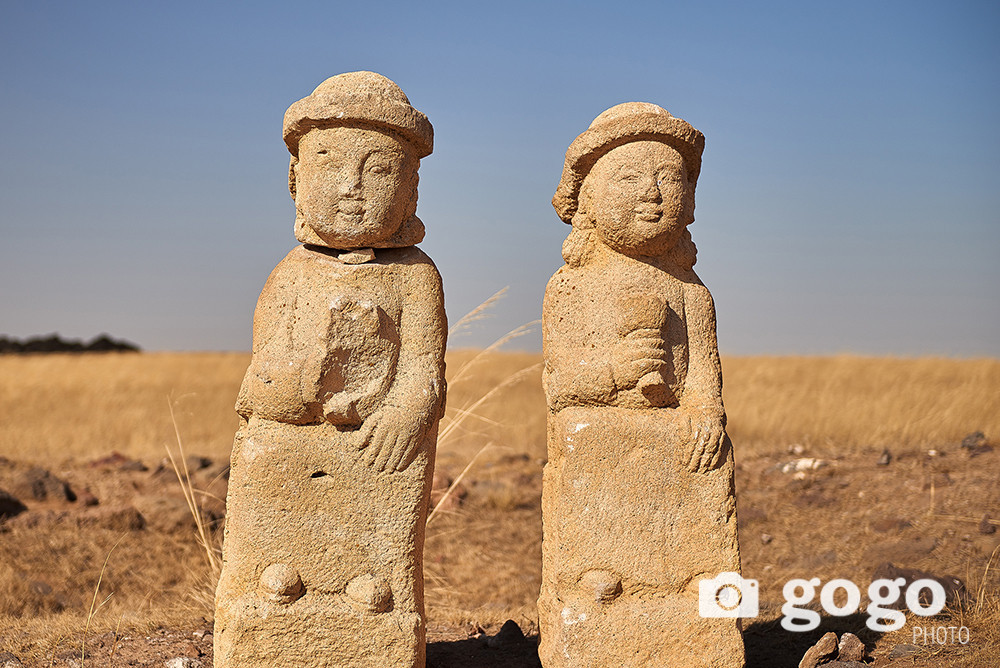 Mongolians have ten State-worshiped mountains, one of them is Altan Ovoo. Perhaps the tradition of state worship is to care for one's homeland, to unite public opinion, and to live in harmony with the heavens and the earth. Therefore, according to the tradition of Mongolians, when we look at the Golden Ovoo at sunset, it looks like a tortoise crawling to the north, and from the northwest it looks like a stallion galloping when looking from the Urguugiin shiree. The locals also said it looks like a lying lion.
Mongolians have ten State-worshiped mountains, one of them is Altan Ovoo. Perhaps the tradition of state worship is to care for one's homeland, to unite public opinion, and to live in harmony with the heavens and the earth. Therefore, according to the tradition of Mongolians, when we look at the Golden Ovoo at sunset, it looks like a tortoise crawling to the north, and from the northwest it looks like a stallion galloping when looking from the Urguugiin shiree. The locals also said it looks like a lying lion.
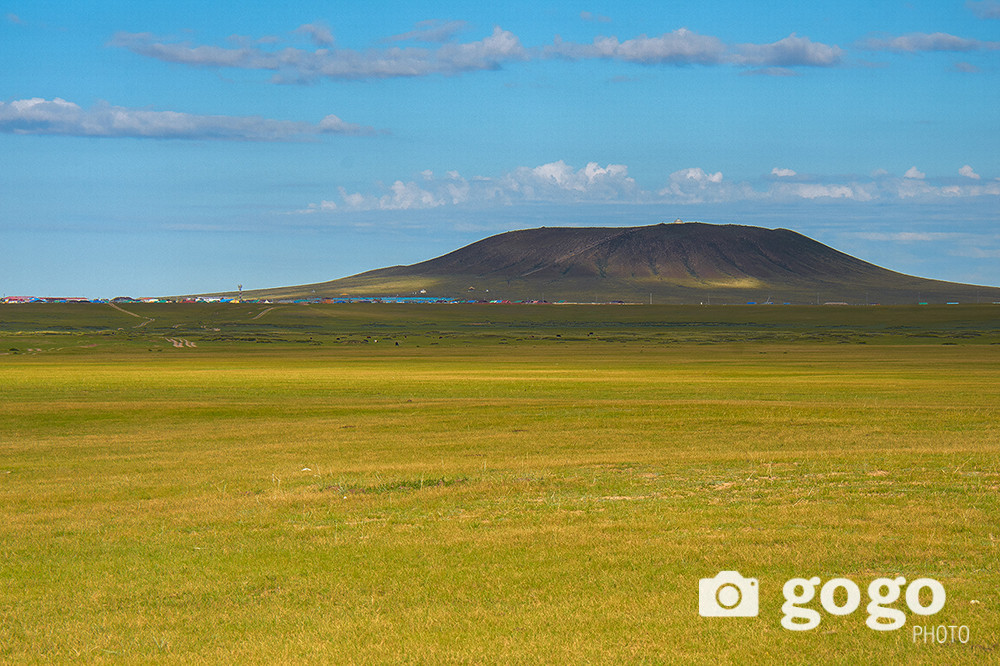 G.Mend-Ooyo, one of great Mongolian poets, once said “There is a sutra for Dariganga Altan-Ovoo worship. In the sutra, Altan Ovoo symbol is a knight riding a white and gray horse. In Buddhist scriptures, the idol of Altan Ovoo is created like the heavens. It is believed that the mascot of the Altan Ovoo occupies 33 heavens. In other words, the sky rises at the top of Altan Ovoo, which can be considered as an idol of the sky. Respecting this tradition, the Dariganga people worship the Altan Ovoo and mark white and gray horse. In 1945, the Mongol army marched forward on the side of Altan Ovoo, crossed the Moltsog sands, and went south. When the army returned after the end of the war, the soldiers of that time said that a white and gray horse with its back removed and emaciated had come to Duut Lake to drink. It is said that Altan Ovoo of Dariganga would take anyone who could worship me can go wherever they want”.
G.Mend-Ooyo, one of great Mongolian poets, once said “There is a sutra for Dariganga Altan-Ovoo worship. In the sutra, Altan Ovoo symbol is a knight riding a white and gray horse. In Buddhist scriptures, the idol of Altan Ovoo is created like the heavens. It is believed that the mascot of the Altan Ovoo occupies 33 heavens. In other words, the sky rises at the top of Altan Ovoo, which can be considered as an idol of the sky. Respecting this tradition, the Dariganga people worship the Altan Ovoo and mark white and gray horse. In 1945, the Mongol army marched forward on the side of Altan Ovoo, crossed the Moltsog sands, and went south. When the army returned after the end of the war, the soldiers of that time said that a white and gray horse with its back removed and emaciated had come to Duut Lake to drink. It is said that Altan Ovoo of Dariganga would take anyone who could worship me can go wherever they want”.
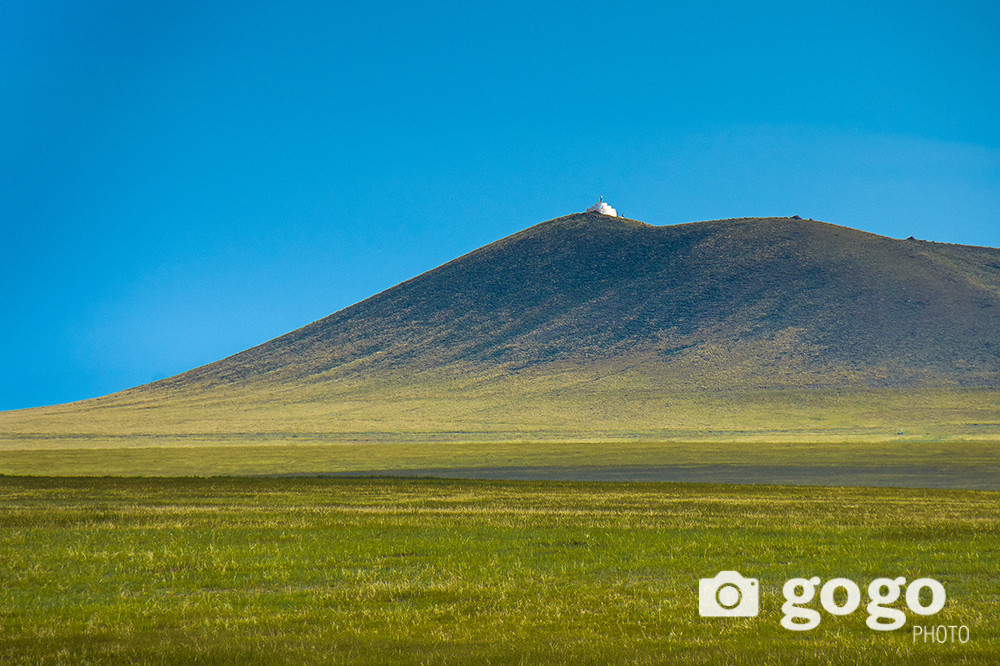
Any source or information about the history and legends of the Dariganga area must refer to a herd of fast horses. The history of Dariganga before the seventeenth century is now very rare, but there are many historical sources from the time when Mongolia came under Manchu rule. It is noted that in 1697, by order of the Qing emperor, a herd of horses for military purposes was established.
 Since we are talking about the land of Dariganga, it is necessary to mention the Shiliin Bogd.
Since we are talking about the land of Dariganga, it is necessary to mention the Shiliin Bogd.
Shiliin Bogd is located about 60 km southeast of Dariganga soum at an altitude of 1,780 meters above sea level, the highest of about 200 extinct volcanoes in the region.
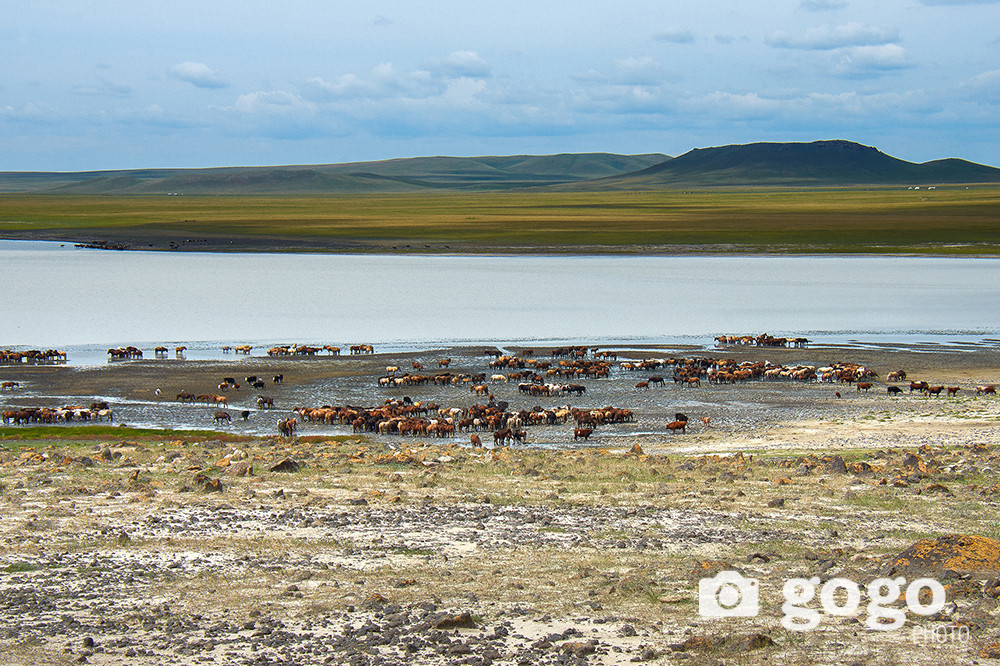 A crater of Shiliin Bogd Mountain is 2 kilometer wide and 300 meter deep. From the top of Shiliin Bogd Mountain, you can see mountains such as Zotol Khan and Dush, and the tops of the mountains look really beautiful, as if they were deliberately cut. The mountains in the area are named after volcanic cones such as Avdar, Dush, Senjit, and Atsaa. Because it is the highest mountain in the steppe, it looks as if a tent has been pitched about 60 km away.
A crater of Shiliin Bogd Mountain is 2 kilometer wide and 300 meter deep. From the top of Shiliin Bogd Mountain, you can see mountains such as Zotol Khan and Dush, and the tops of the mountains look really beautiful, as if they were deliberately cut. The mountains in the area are named after volcanic cones such as Avdar, Dush, Senjit, and Atsaa. Because it is the highest mountain in the steppe, it looks as if a tent has been pitched about 60 km away.
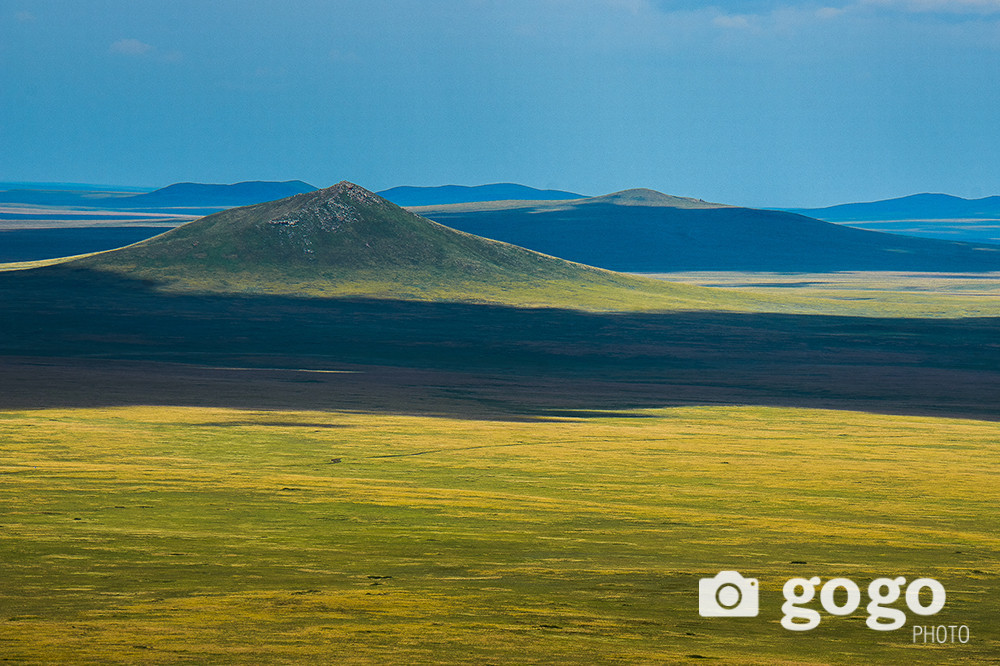 The soil around Shiliin Bogd is a fairly rocky dark brown with stone wax, and very rare medical plants grow in the steppe.
The soil around Shiliin Bogd is a fairly rocky dark brown with stone wax, and very rare medical plants grow in the steppe.
There is a mountain called Gangiin Tsagaan Ovoo in 6 km northeast of Lake Ganga. There is a statue of Toroi Bandi on the small hill. In this statue, Toroi Bandi is depicted sitting with one hand on his knee, holding a cup in the other hand, and a hat and bag next to it.
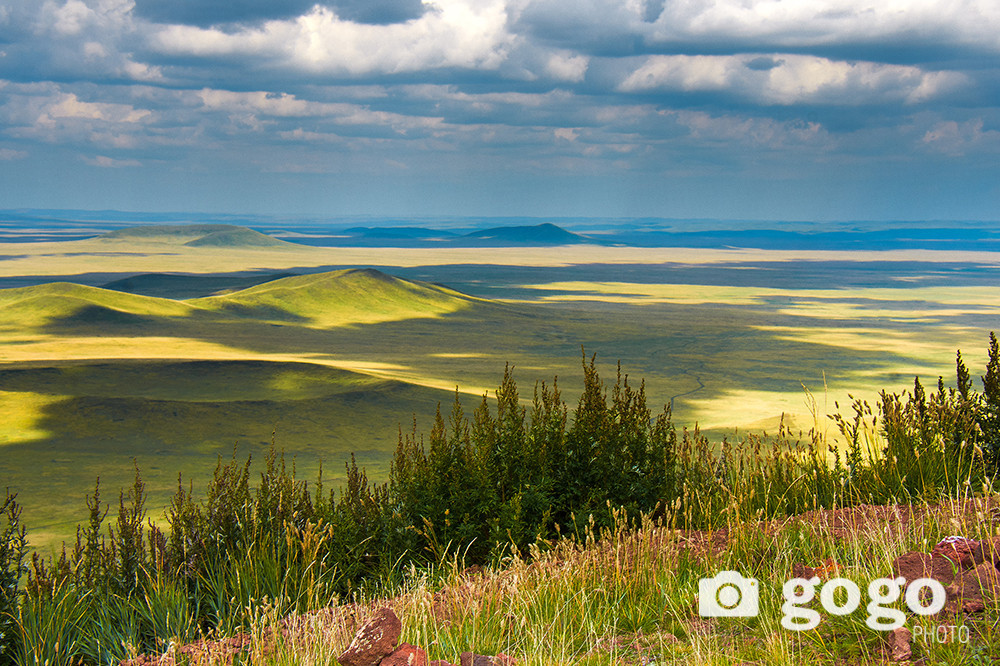 Toroi Bandi or Nanzad of Danzan is said that he was a Tsahar person and was born near Budrin Chuluu, which borders Mongolia and China. Although his biography is not recorded in historical sources, it is preserved in the oral history of the local people. The locals say that Nanzad was a brave man and sang very well.
Toroi Bandi or Nanzad of Danzan is said that he was a Tsahar person and was born near Budrin Chuluu, which borders Mongolia and China. Although his biography is not recorded in historical sources, it is preserved in the oral history of the local people. The locals say that Nanzad was a brave man and sang very well.
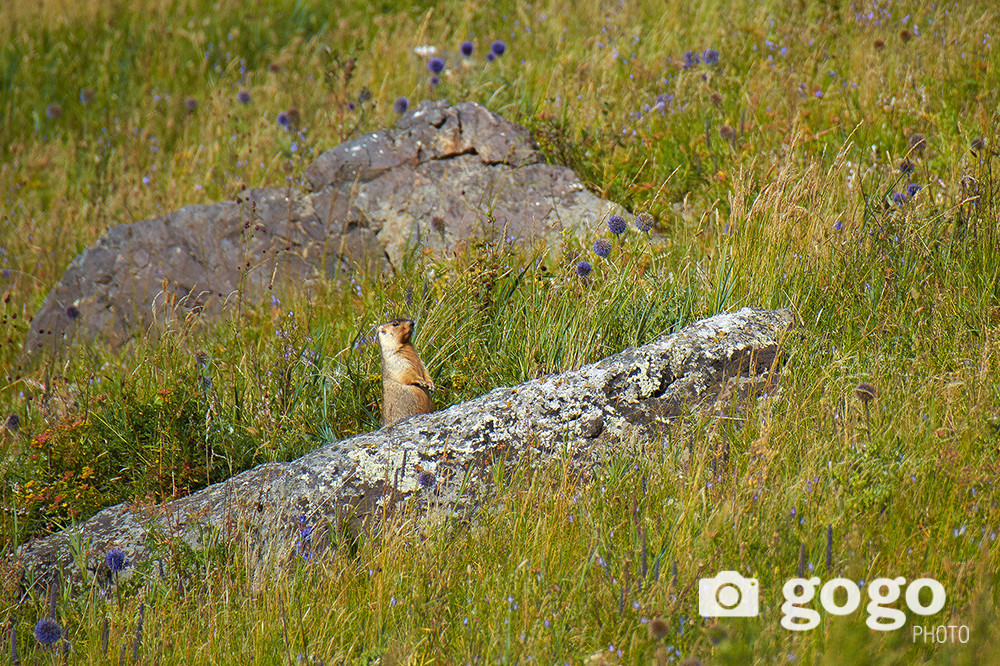 There are many myths about him, but here is one.
There are many myths about him, but here is one.
Tooroi Bandi once visited the great sage Noyon Khutagt of the Gobi and wanted to know his future destiny. Noyon Khutagt threw sheep ankles a couple times and the “horse” got up. Noyon Khutagt gave the horse to Tooroi Bandi without saying a word and prayed. Tooroi Bandi understood it as his own way as the sign of having friendship with a horse and the horse is my companion.
Another must-see in Dariganga is Ganga Lake and the swan gathering in the lake in late autumn and early winter. Although it is sad to see a flock of birds soaring in the distance, the sight of thousands flocking to the lake is so fascinating.
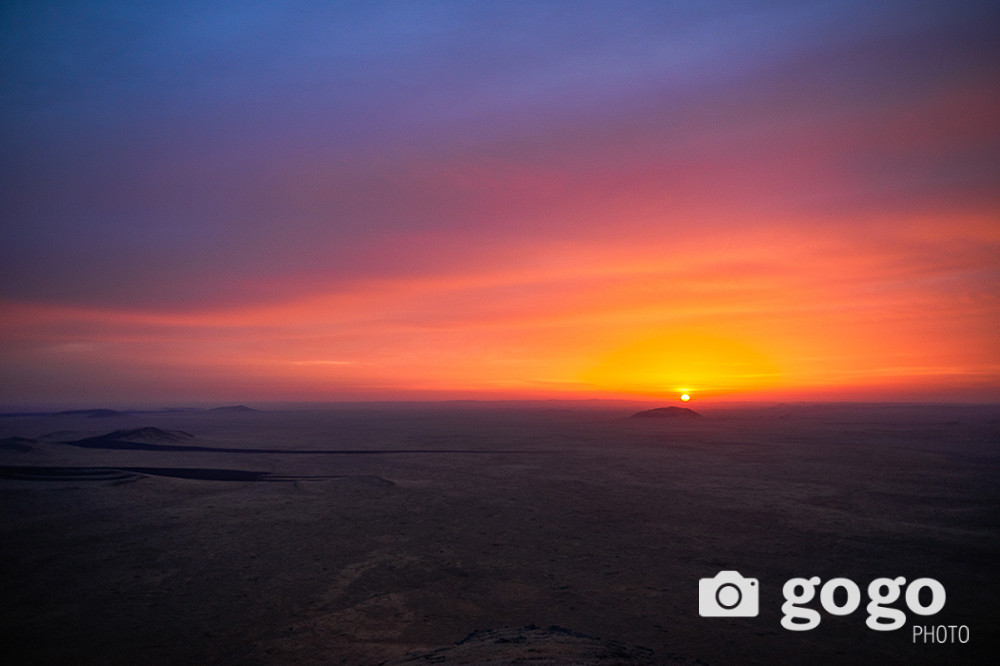 Ganga Lake is a freshwater lake with an area of about 4 square kilometers located 10 km southeast of the center of Dariganga soum, adjacent to Moltsog sand. Swans and other birds flock came the shores of Ganga Lake. And they move to the south when the weather is colder day by day.
Ganga Lake is a freshwater lake with an area of about 4 square kilometers located 10 km southeast of the center of Dariganga soum, adjacent to Moltsog sand. Swans and other birds flock came the shores of Ganga Lake. And they move to the south when the weather is colder day by day.
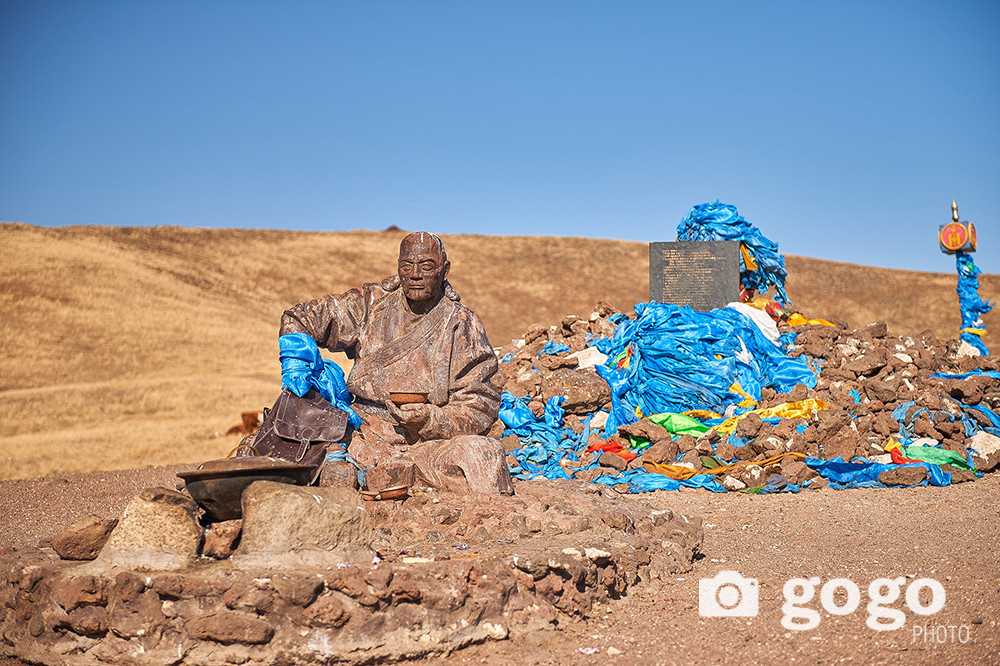 There is a legend about Ganga Lake, where a group of pilgrims from the To Van of Khalkha went to taste the waters of the Ganges river in India. To Van brought two bottles from the river and made it into a lake, which became known as Ganga Lake. Another legend has it that a pilgrim, who once returned from India after studying there, brought from the springs of the Ganges river and buried it at the foot of the Moltsog sands near the lake. Legend has it that springs later formed as Ganga Lake.
There is a legend about Ganga Lake, where a group of pilgrims from the To Van of Khalkha went to taste the waters of the Ganges river in India. To Van brought two bottles from the river and made it into a lake, which became known as Ganga Lake. Another legend has it that a pilgrim, who once returned from India after studying there, brought from the springs of the Ganges river and buried it at the foot of the Moltsog sands near the lake. Legend has it that springs later formed as Ganga Lake.
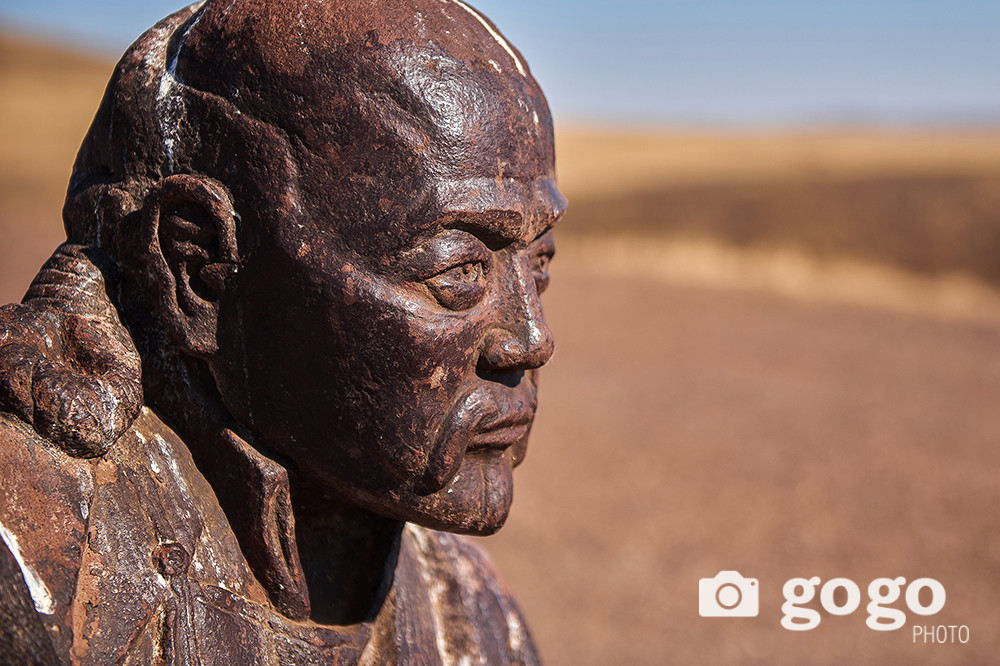 Here, I conclude my article on Dariganga steppe, a fragment of Mongolia's beautiful nature and landscape. I tried to explain this article in an easy way to read and understand.
Here, I conclude my article on Dariganga steppe, a fragment of Mongolia's beautiful nature and landscape. I tried to explain this article in an easy way to read and understand.
In the southeastern part of Mongolia, there is a unique steppe at 1,200 meters above sea level. This place is called the vast steppe of Dariganga.
Dariganga steppe covers the territory of Asgat, Bayandelger, Dariganga, Naran, Ongon and Khalzan soums of Sukhbaatar province.
There are many mountains and lakes with unique natural formations in Dariganga, the most well-known are Ganga Lake, Moltsog Sand and Shiliin Bogd Mountain. Except for natural formation, there are about 60 men statues which show human history. They are located in Tavan tolgoi, Khurug valley and Lamt valley. These men stones were created in XIII-XIV centuries during the period of the Great Mongol Empire. The general appearance of the men stones of the period of the Great Mongol Empire is mostly a man sitting in an armchair with a glass cup in his right hand.
 It is said that there are over 200 extinct volcanoes in Dariganga steppe. One of the most well-known mountains is Altan Ovoo. The mountain is sometimes called Dari Ovoo. Located at an altitude of about 1,350 meters above sea level, this mountain is located in the center of Dariganga soum and is adored by Dariganga people.
It is said that there are over 200 extinct volcanoes in Dariganga steppe. One of the most well-known mountains is Altan Ovoo. The mountain is sometimes called Dari Ovoo. Located at an altitude of about 1,350 meters above sea level, this mountain is located in the center of Dariganga soum and is adored by Dariganga people.
 Mongolians have ten State-worshiped mountains, one of them is Altan Ovoo. Perhaps the tradition of state worship is to care for one's homeland, to unite public opinion, and to live in harmony with the heavens and the earth. Therefore, according to the tradition of Mongolians, when we look at the Golden Ovoo at sunset, it looks like a tortoise crawling to the north, and from the northwest it looks like a stallion galloping when looking from the Urguugiin shiree. The locals also said it looks like a lying lion.
Mongolians have ten State-worshiped mountains, one of them is Altan Ovoo. Perhaps the tradition of state worship is to care for one's homeland, to unite public opinion, and to live in harmony with the heavens and the earth. Therefore, according to the tradition of Mongolians, when we look at the Golden Ovoo at sunset, it looks like a tortoise crawling to the north, and from the northwest it looks like a stallion galloping when looking from the Urguugiin shiree. The locals also said it looks like a lying lion.
 G.Mend-Ooyo, one of great Mongolian poets, once said “There is a sutra for Dariganga Altan-Ovoo worship. In the sutra, Altan Ovoo symbol is a knight riding a white and gray horse. In Buddhist scriptures, the idol of Altan Ovoo is created like the heavens. It is believed that the mascot of the Altan Ovoo occupies 33 heavens. In other words, the sky rises at the top of Altan Ovoo, which can be considered as an idol of the sky. Respecting this tradition, the Dariganga people worship the Altan Ovoo and mark white and gray horse. In 1945, the Mongol army marched forward on the side of Altan Ovoo, crossed the Moltsog sands, and went south. When the army returned after the end of the war, the soldiers of that time said that a white and gray horse with its back removed and emaciated had come to Duut Lake to drink. It is said that Altan Ovoo of Dariganga would take anyone who could worship me can go wherever they want”.
G.Mend-Ooyo, one of great Mongolian poets, once said “There is a sutra for Dariganga Altan-Ovoo worship. In the sutra, Altan Ovoo symbol is a knight riding a white and gray horse. In Buddhist scriptures, the idol of Altan Ovoo is created like the heavens. It is believed that the mascot of the Altan Ovoo occupies 33 heavens. In other words, the sky rises at the top of Altan Ovoo, which can be considered as an idol of the sky. Respecting this tradition, the Dariganga people worship the Altan Ovoo and mark white and gray horse. In 1945, the Mongol army marched forward on the side of Altan Ovoo, crossed the Moltsog sands, and went south. When the army returned after the end of the war, the soldiers of that time said that a white and gray horse with its back removed and emaciated had come to Duut Lake to drink. It is said that Altan Ovoo of Dariganga would take anyone who could worship me can go wherever they want”.

Any source or information about the history and legends of the Dariganga area must refer to a herd of fast horses. The history of Dariganga before the seventeenth century is now very rare, but there are many historical sources from the time when Mongolia came under Manchu rule. It is noted that in 1697, by order of the Qing emperor, a herd of horses for military purposes was established.
 Since we are talking about the land of Dariganga, it is necessary to mention the Shiliin Bogd.
Since we are talking about the land of Dariganga, it is necessary to mention the Shiliin Bogd.
Shiliin Bogd is located about 60 km southeast of Dariganga soum at an altitude of 1,780 meters above sea level, the highest of about 200 extinct volcanoes in the region.
 A crater of Shiliin Bogd Mountain is 2 kilometer wide and 300 meter deep. From the top of Shiliin Bogd Mountain, you can see mountains such as Zotol Khan and Dush, and the tops of the mountains look really beautiful, as if they were deliberately cut. The mountains in the area are named after volcanic cones such as Avdar, Dush, Senjit, and Atsaa. Because it is the highest mountain in the steppe, it looks as if a tent has been pitched about 60 km away.
A crater of Shiliin Bogd Mountain is 2 kilometer wide and 300 meter deep. From the top of Shiliin Bogd Mountain, you can see mountains such as Zotol Khan and Dush, and the tops of the mountains look really beautiful, as if they were deliberately cut. The mountains in the area are named after volcanic cones such as Avdar, Dush, Senjit, and Atsaa. Because it is the highest mountain in the steppe, it looks as if a tent has been pitched about 60 km away.
 The soil around Shiliin Bogd is a fairly rocky dark brown with stone wax, and very rare medical plants grow in the steppe.
The soil around Shiliin Bogd is a fairly rocky dark brown with stone wax, and very rare medical plants grow in the steppe.
There is a mountain called Gangiin Tsagaan Ovoo in 6 km northeast of Lake Ganga. There is a statue of Toroi Bandi on the small hill. In this statue, Toroi Bandi is depicted sitting with one hand on his knee, holding a cup in the other hand, and a hat and bag next to it.
 Toroi Bandi or Nanzad of Danzan is said that he was a Tsahar person and was born near Budrin Chuluu, which borders Mongolia and China. Although his biography is not recorded in historical sources, it is preserved in the oral history of the local people. The locals say that Nanzad was a brave man and sang very well.
Toroi Bandi or Nanzad of Danzan is said that he was a Tsahar person and was born near Budrin Chuluu, which borders Mongolia and China. Although his biography is not recorded in historical sources, it is preserved in the oral history of the local people. The locals say that Nanzad was a brave man and sang very well.
 There are many myths about him, but here is one.
There are many myths about him, but here is one.
Tooroi Bandi once visited the great sage Noyon Khutagt of the Gobi and wanted to know his future destiny. Noyon Khutagt threw sheep ankles a couple times and the “horse” got up. Noyon Khutagt gave the horse to Tooroi Bandi without saying a word and prayed. Tooroi Bandi understood it as his own way as the sign of having friendship with a horse and the horse is my companion.
Another must-see in Dariganga is Ganga Lake and the swan gathering in the lake in late autumn and early winter. Although it is sad to see a flock of birds soaring in the distance, the sight of thousands flocking to the lake is so fascinating.
 Ganga Lake is a freshwater lake with an area of about 4 square kilometers located 10 km southeast of the center of Dariganga soum, adjacent to Moltsog sand. Swans and other birds flock came the shores of Ganga Lake. And they move to the south when the weather is colder day by day.
Ganga Lake is a freshwater lake with an area of about 4 square kilometers located 10 km southeast of the center of Dariganga soum, adjacent to Moltsog sand. Swans and other birds flock came the shores of Ganga Lake. And they move to the south when the weather is colder day by day.
 There is a legend about Ganga Lake, where a group of pilgrims from the To Van of Khalkha went to taste the waters of the Ganges river in India. To Van brought two bottles from the river and made it into a lake, which became known as Ganga Lake. Another legend has it that a pilgrim, who once returned from India after studying there, brought from the springs of the Ganges river and buried it at the foot of the Moltsog sands near the lake. Legend has it that springs later formed as Ganga Lake.
There is a legend about Ganga Lake, where a group of pilgrims from the To Van of Khalkha went to taste the waters of the Ganges river in India. To Van brought two bottles from the river and made it into a lake, which became known as Ganga Lake. Another legend has it that a pilgrim, who once returned from India after studying there, brought from the springs of the Ganges river and buried it at the foot of the Moltsog sands near the lake. Legend has it that springs later formed as Ganga Lake.
 Here, I conclude my article on Dariganga steppe, a fragment of Mongolia's beautiful nature and landscape. I tried to explain this article in an easy way to read and understand.
Here, I conclude my article on Dariganga steppe, a fragment of Mongolia's beautiful nature and landscape. I tried to explain this article in an easy way to read and understand.


